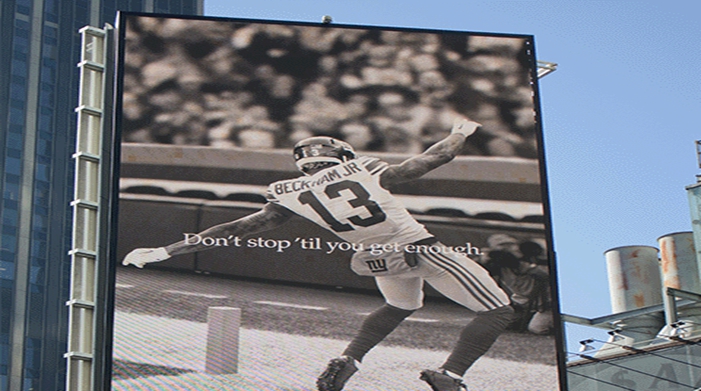Installing a large outdoor LED screen involves more than technical specifications and equipment choices. Municipal regulations and permitting requirements create a complex landscape that organizations must navigate before beginning any outdoor led screen installation. These legal frameworks exist to ensure public safety, preserve community aesthetics, and manage environmental impact. Retop emphasizes the importance of understanding these regulations early in the planning process for any large outdoor led display project.

Zoning Regulations and Location Restrictions
Municipal zoning codes often dictate where and how large outdoor LED displays can be installed. These regulations may restrict installations to specific commercial or industrial zones while prohibiting them in residential areas. Zoning laws frequently address maximum sign height, size limitations, and proximity to roads or other structures. Some municipalities establish separate regulations for digital signs compared to traditional static signage. Retop recommends consulting local zoning ordinances before finalizing any site plans for a large outdoor led display. This preliminary research helps identify suitable locations and prevents costly revisions later in the project timeline.
Permit Applications and Documentation Requirements
The permit application process for an outdoor led screen installation typically requires detailed technical documentation and architectural plans. Municipalities generally require structural engineering certificates, electrical plans, photometric studies, and detailed site plans. Many jurisdictions mandate that applications include brightness control measures and specify operating hours. The review process may involve multiple municipal departments including building safety, planning, and transportation officials. Retop assists clients in preparing comprehensive application packages that address all municipal requirements, helping streamline the approval process for large outdoor led display projects.
Environmental and Community Impact Considerations
Modern regulations increasingly address environmental factors and community impact concerns for outdoor digital signage. Many municipalities require assessments of potential light pollution and its effect on surrounding areas. Regulations may mandate automatic brightness adjustment technology that reduces light output during nighttime hours. Some jurisdictions consider the impact on traffic safety and driver distraction when reviewing large outdoor led display applications. Community character preservation has become another regulatory consideration in many urban and suburban areas. Retop incorporates these considerations into project planning, ensuring installations meet both regulatory requirements and community expectations.
The regulatory landscape for outdoor led screen installation requires careful attention throughout project planning and execution. Zoning restrictions, permit requirements, and environmental considerations all play crucial roles in determining project feasibility. Understanding these regulations early prevents costly delays and ensures compliance with local ordinances. A successful large outdoor led display project balances technological capabilities with regulatory requirements and community considerations. Thorough preparation and professional guidance help organizations navigate this complex process while achieving their communication objectives through outdoor digital signage technology.
I consent to receive emails about news, marketing&product updates from Retop in accordance with the Retop Privacy Policy